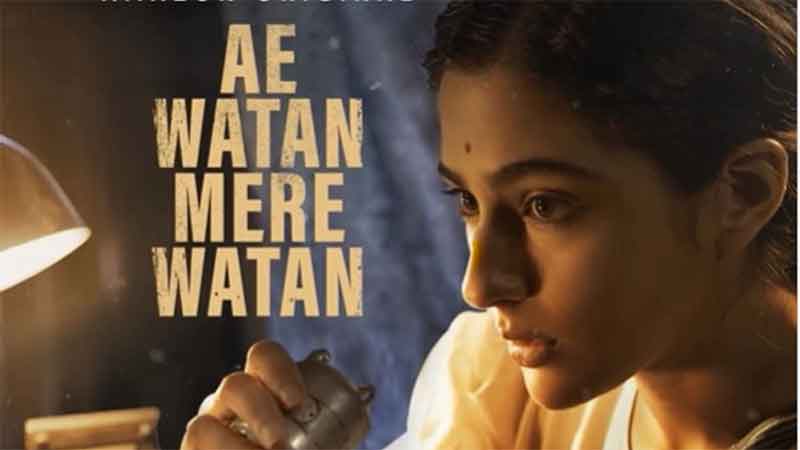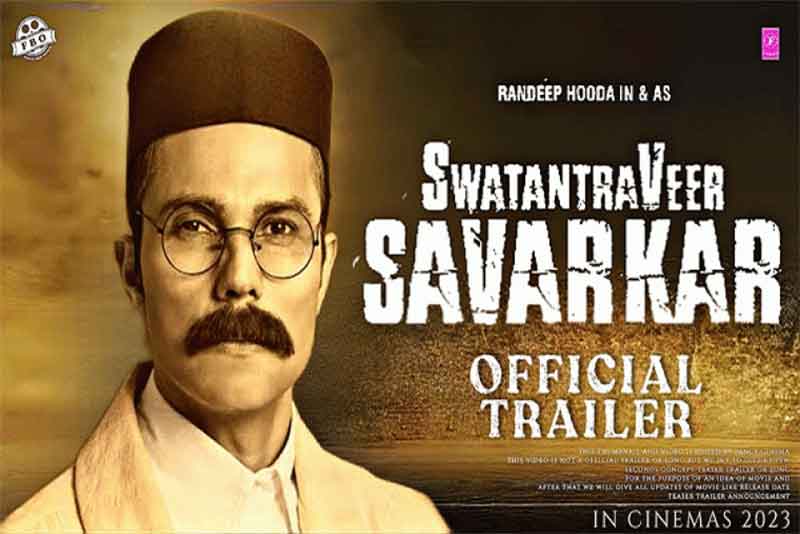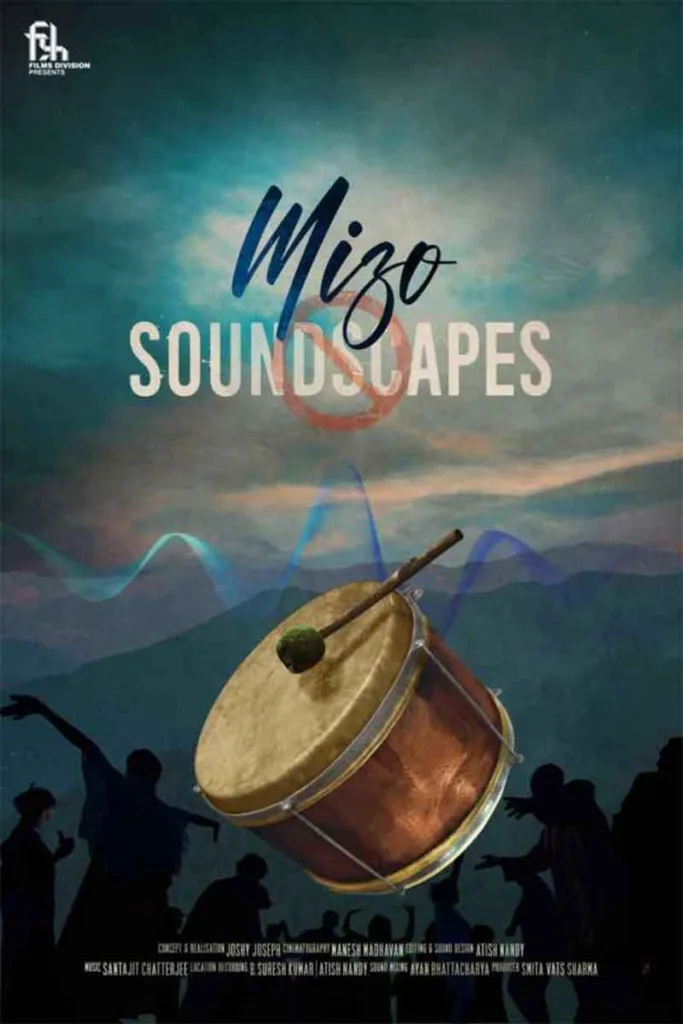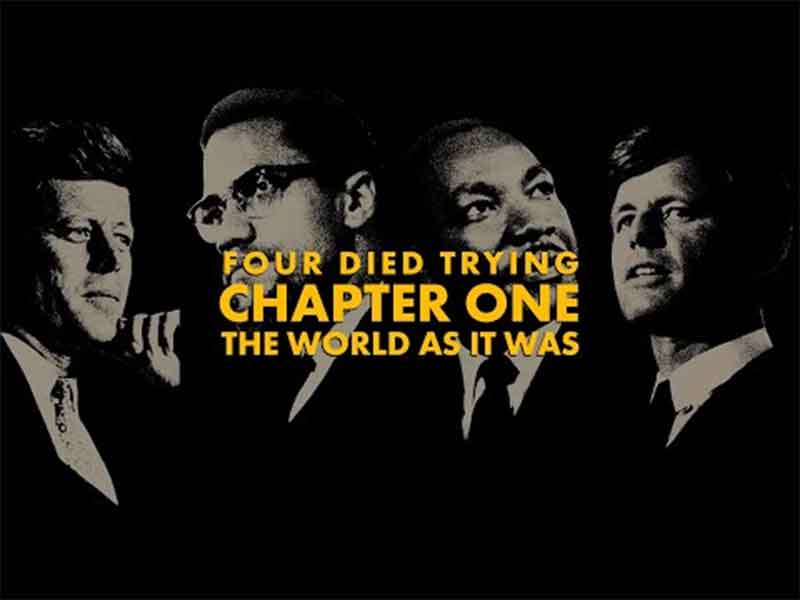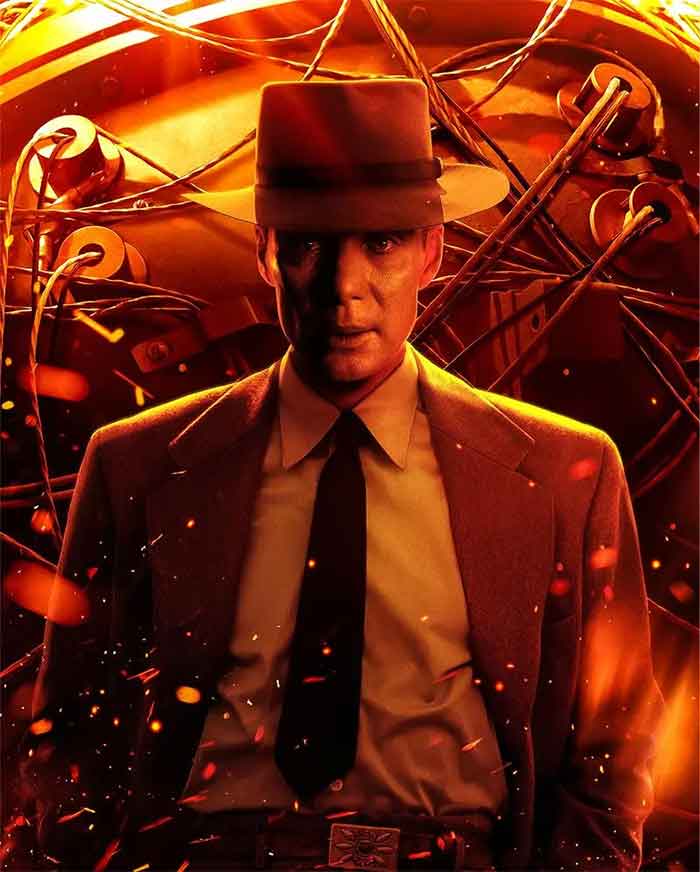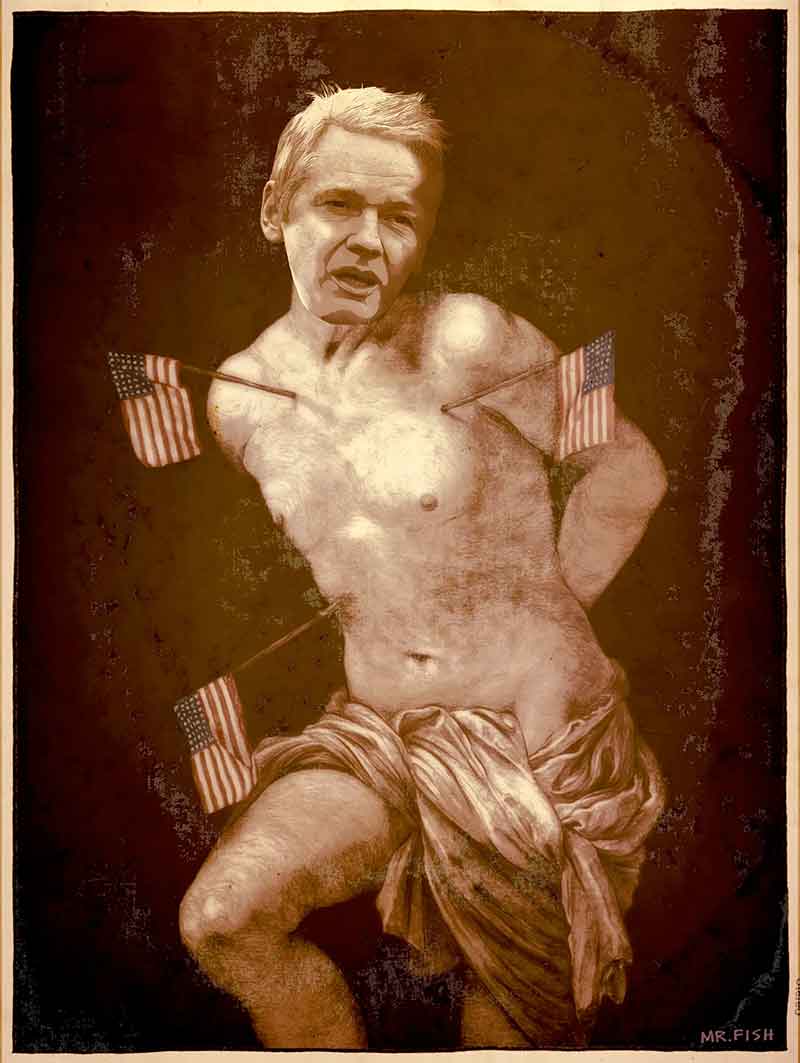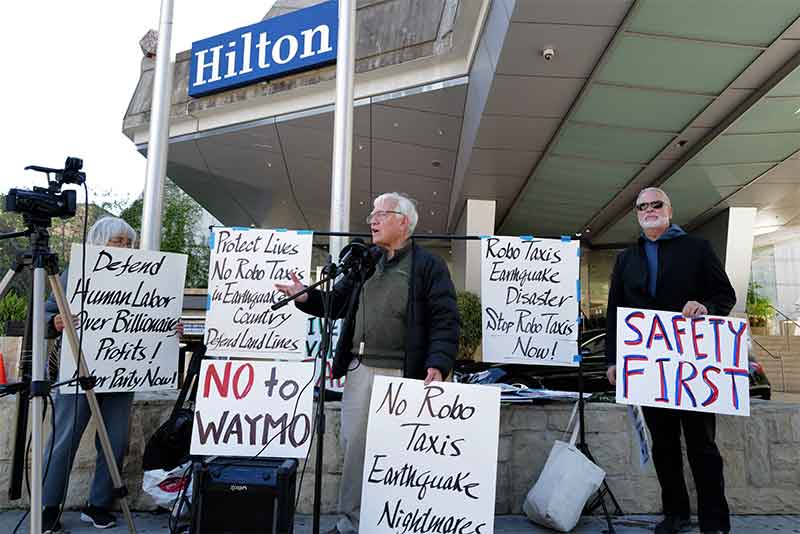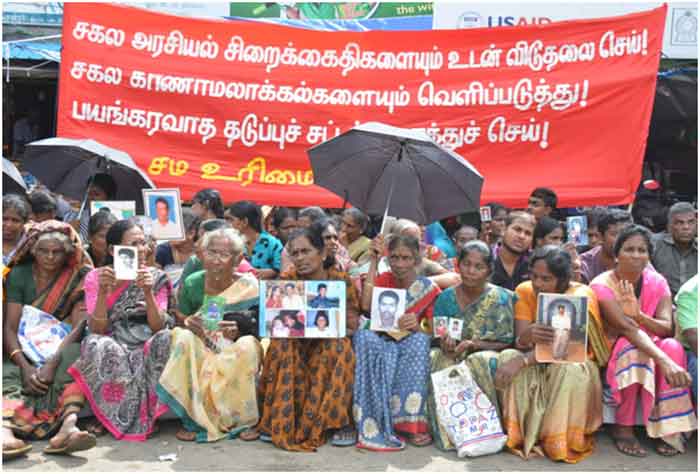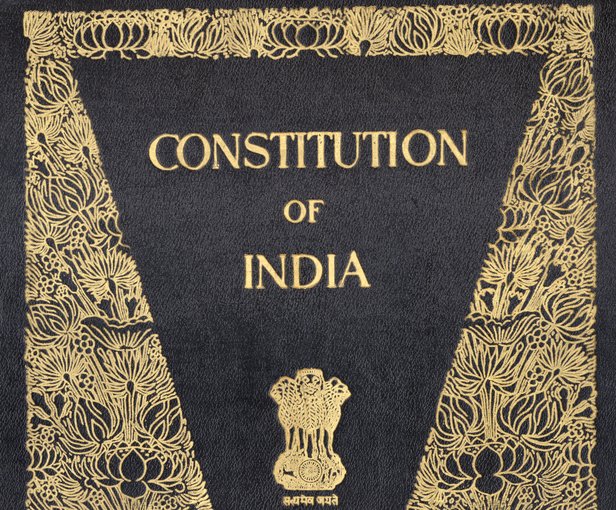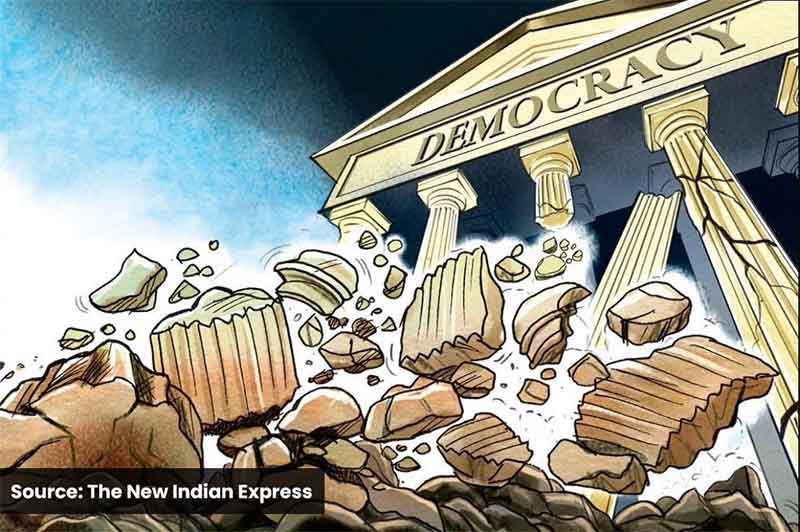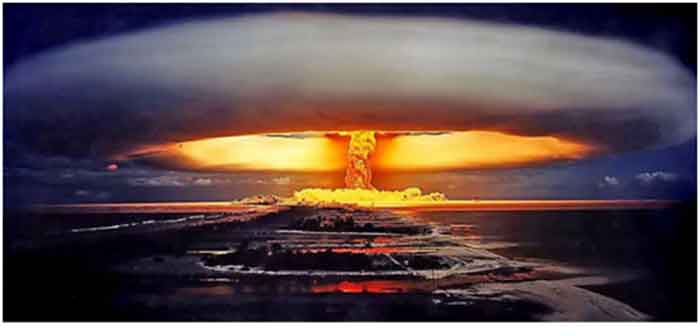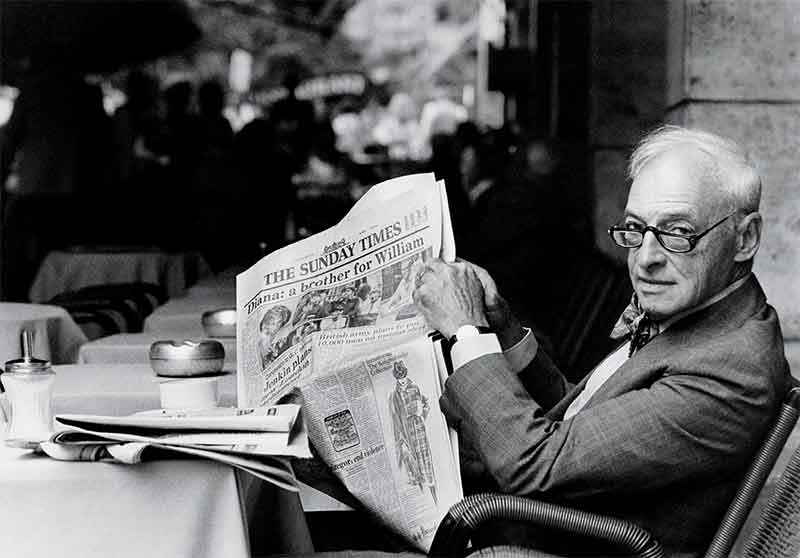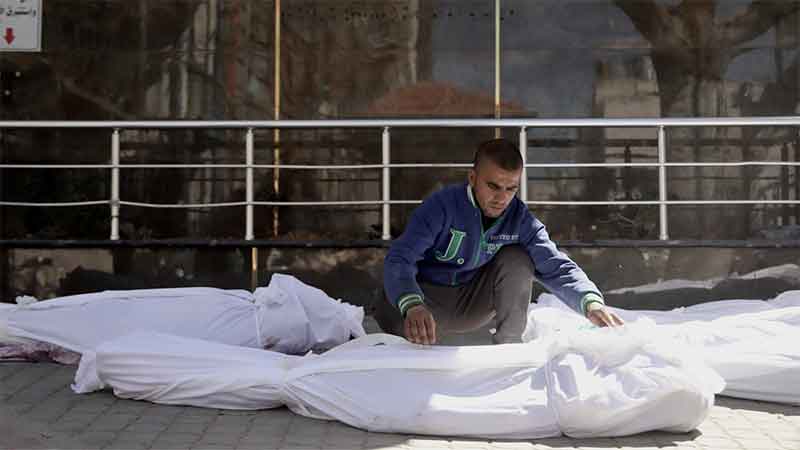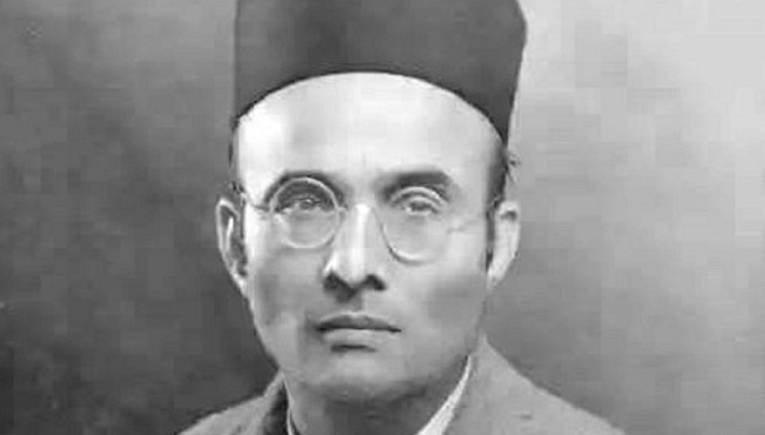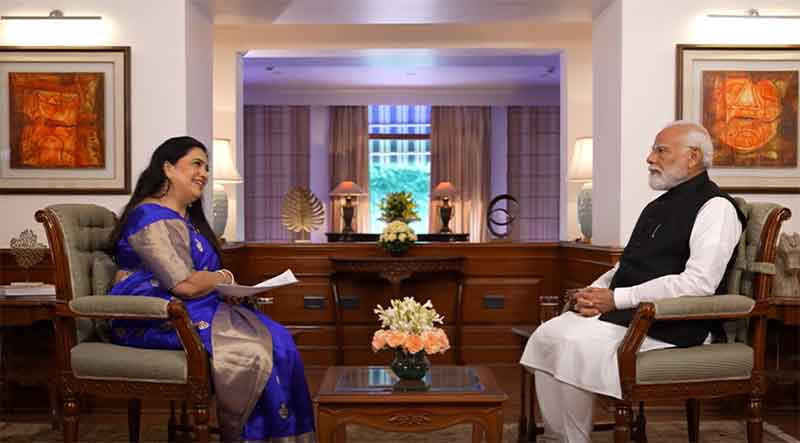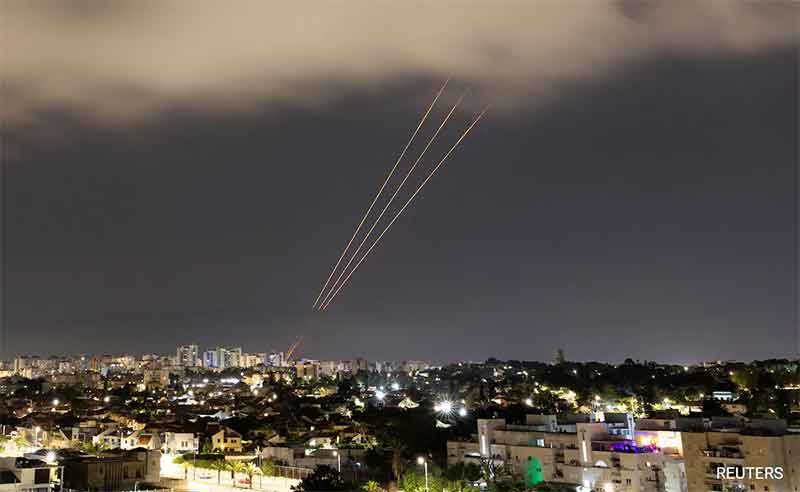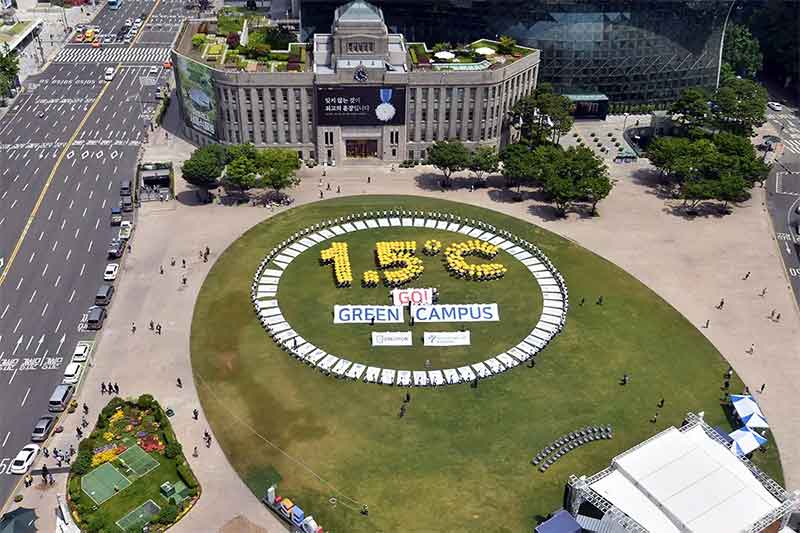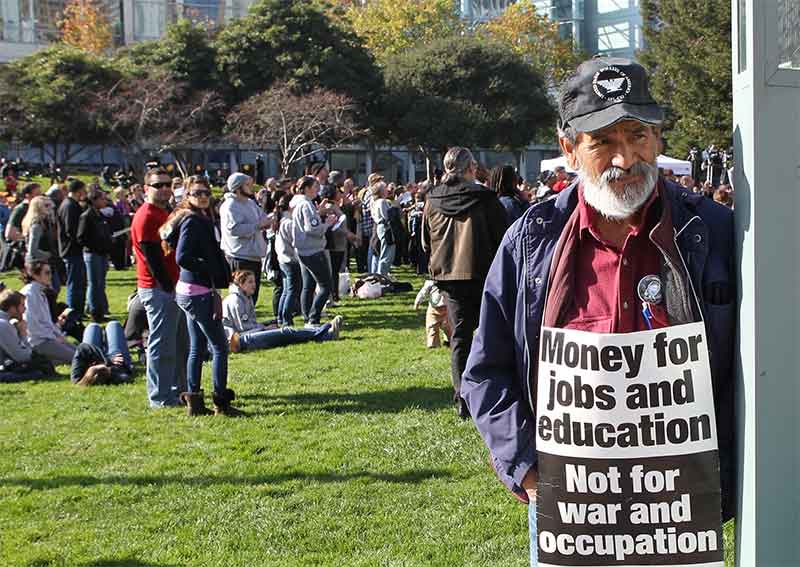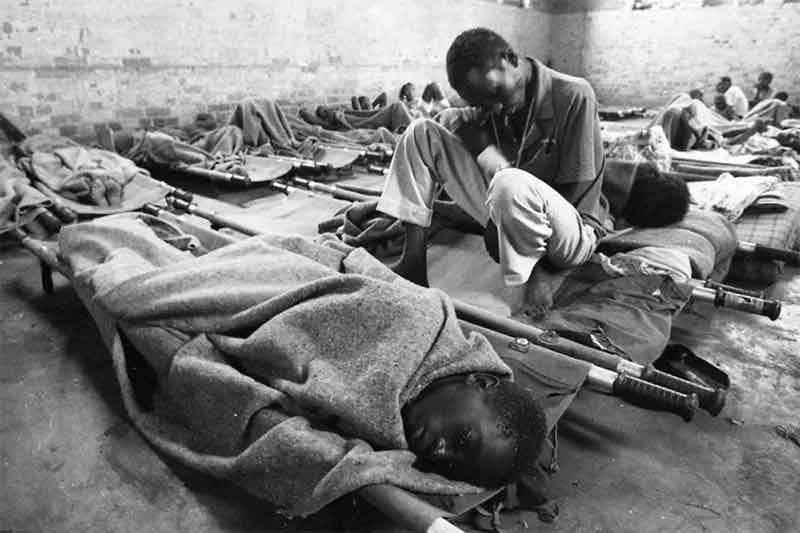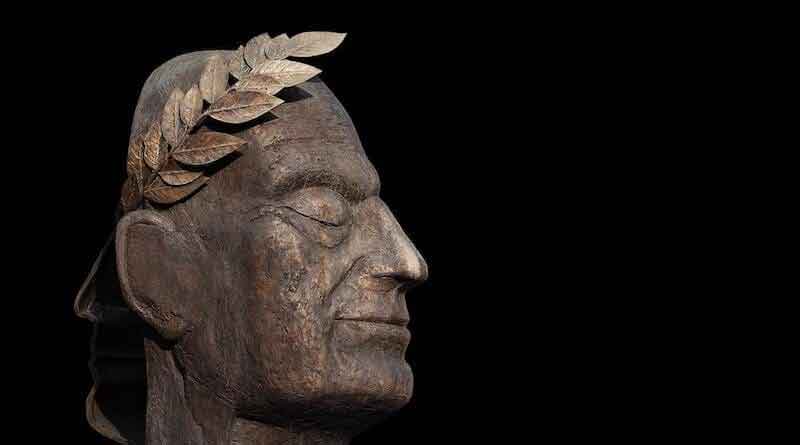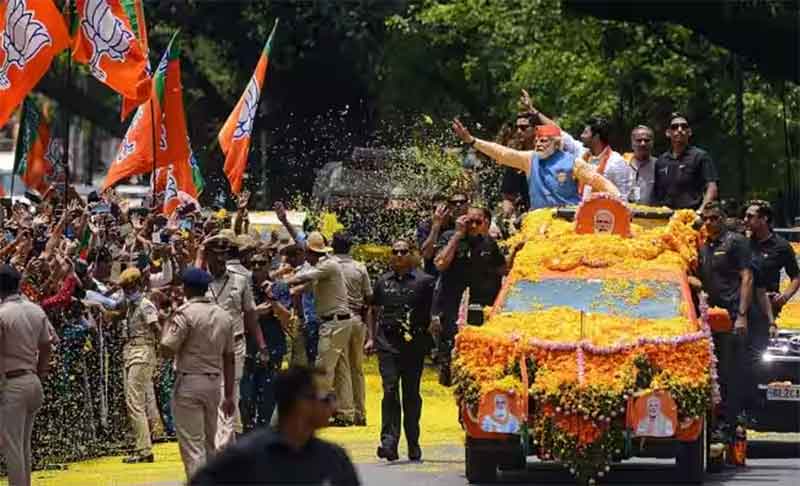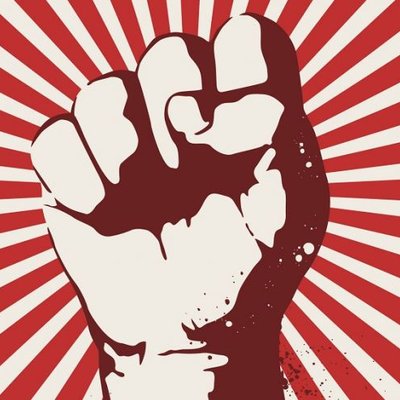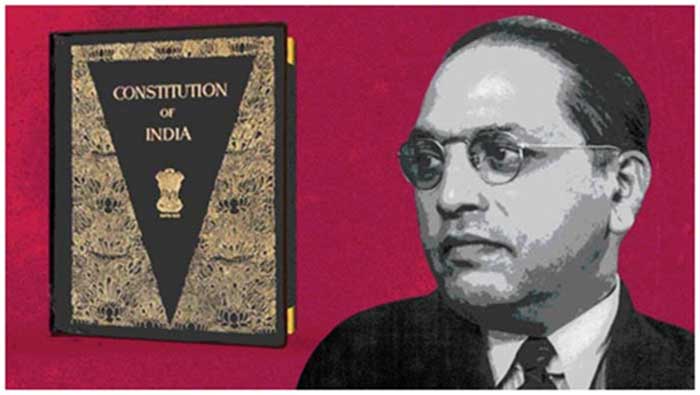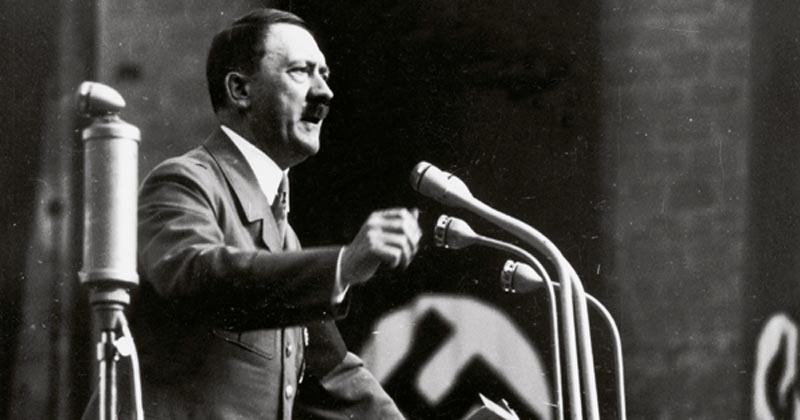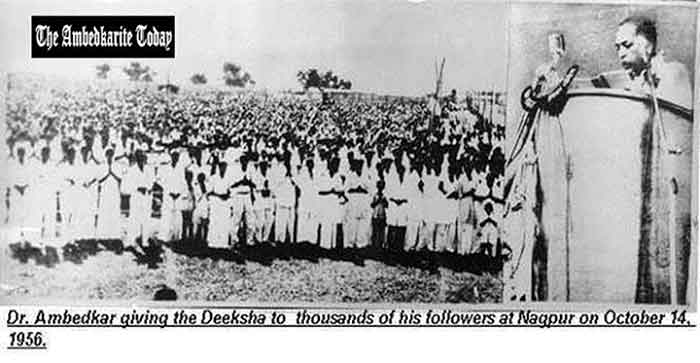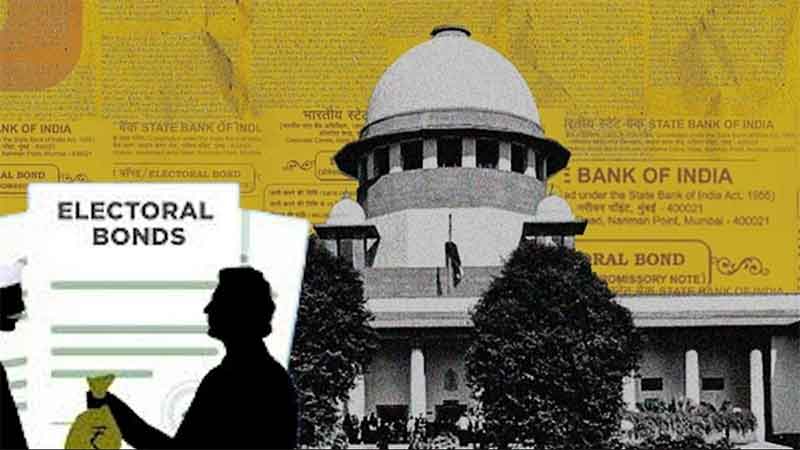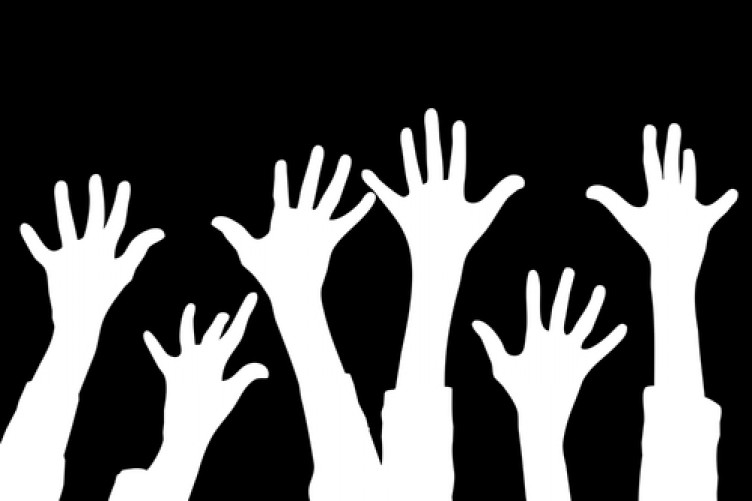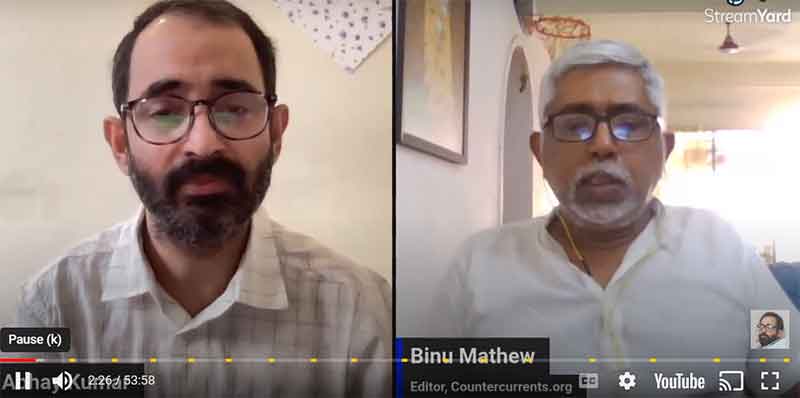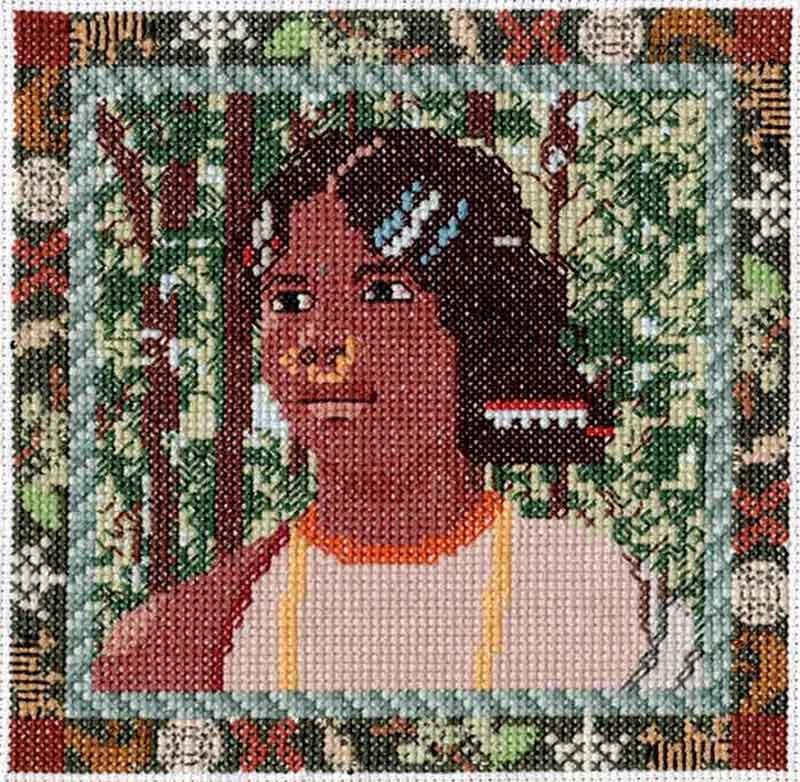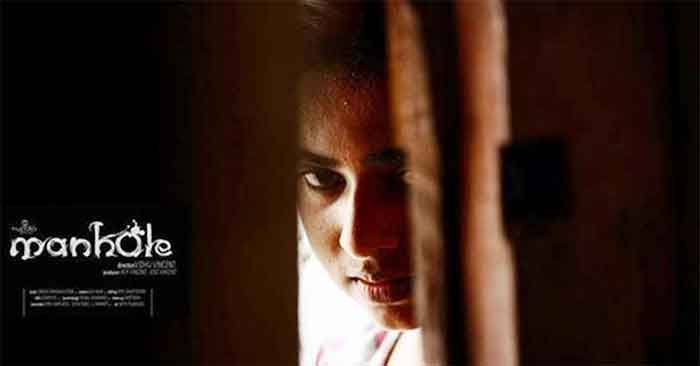
If being ghettoised within the mainstream and slotted in the category of “outcasts” in society, then Blacks in America and Dalits in India perhaps face the same kind of discrimination in their respective societies. While the Dalits are born into it by virtue of their caste determined by social and cultural history, the Blacks are discriminated against on the basis of the colour of their skin. These two areas of discrimination are far from new. In India and in America, this dates back by several centuries. But the consciousness among the victims arose only with the slow and steady rise in education on the one hand and the spirit of rebellion that stirred them from within and they began to assert their identity and their right to be included in the mainstream.
The question is – how does this reflect in the cinema of these two nations? Black American Cinema is one of the offshoots of the Black Consciousness Movement.
“Dalithood is a kind of life condition which characterises the exploitation, suppression and marginalization of the lower castes by the social, economic, cultural and political domination of the upper caste Bhraminical order” is the way Dr. Babasaheb Ambedkar defined the word “Dalit” long before we included it in our common lexicon, according to Tapan Basu. (Translating Caste. New Delhi: Katha, 2002.)
Sadly however, over the seven decades since India became “Independent”, instead of stripping the negative and marginalized association of the so-called low-caste people including untouchables, the word “Dalit” has brought in more torture and humiliation to this oppressed class proving the famous Shakespearean saying, “What’s in a name?” One of the main leaders who touched the delicate chord of Dalits by labelling them as Harijan was Mahatma Gandhi. The word “harijan” is derived from two words “Hari” meaning God and “jan” meaning person or people. Unlike Ambedkar who came from the Dalit community himself, Gandhi belonged to the upper caste. These Dalits, considered to be the lowest in the hierarchy of caste, were untouchable and even today, in some villages, they are not permitted to draw water from wells ear-marked for upper castes, cannot cook for them or touch their food and so on. They are mostly engaged in very low-class work such as manual scavenging, cleaning of manholes and drains and which upper class people will never engage in even they have to starve. The representation of the Dalit in Indian cinema was marginal in the early stages of Indian cinema. Their celluloid visibility may have increased in recent times but in most films, the Dalit characters have been given a token nod or used as a ticket to awards and festival screenings or, very cleverly, as a strategy to enrich the narrative of a film which offers a Pan-Indian portrayal of many communities in the nation. A classic example of this is in Hemant Gowarikar’s Lagaan.
African American cinema is loosely classified as films made by, for, or about Black Americans. Historically, African American films have been made with African-American casts and marketed to African-American audiences. The production team and director were sometimes also African American. More recently, Black films featuring multicultural casts aimed at multicultural audiences have also included American Blackness as an essential aspect of the storyline
Oscar Micheaux is said to be the first major African-American feature filmmaker who made his first film in 1919 and his last film in 1948 having made 44 films in between. The first Black woman to produce a five-reel silent drama was Maria P. Williams. The film, Flames of Wrath (1923) was based on her own screenplay.
Lester Walton began with film criticism in 1908 and over the years, through his sharp writing skills, created the foundation for criticism within Black film literature very early.
According to makers, directors, actors and producers of Black American cinema, for years together, this particular genre has been dogged by elements of Segregation, discrimination, issues of representation, derogatory stereotypes and tropes. This is what they wished to break out of. Major studios used Black actors to appeal to Black audiences but at the same time, reduced them to cliché characters, comic cameos and bit parts while Black women were either maids or nannies in the homes of the rich White American feudal families.
The “Blackness” of American cinema, according to the 1980s practitioners of this genre, consists in expressing themselves not only as actors, actresses, scriptwriters and technicians but also to present cinema as an art and craft by Black American craftsmen and technicians and writers. Black American cinema is also vehicle or means of documenting through the volatile medium of cinema, the history of the Black American Movement on the one hand and the biographies of some eminent Black American personalities who have left their footprints on the sands of cinema time.
According to the practitioners, Black American Cinema is both a means of expression, a statement, a documentation of fact and also an end unto itself. It is also a work of art which they can execute with as much artistry as other races can, White, Black or Brown.
The proponents of Black American Cinema are far from satisfied with the way they and their cinema have been treated from many Whites in American cinema. “There is a rich history of Black American Cinema. But we have to interpret it, because throughout the history of Hollywood, whenever Hollywood was in trouble, there has always been a Black theme to pick up the industry. We ought to know about this history,” said late Teshome H. Gabriel, the propounder of what later came to be known as Third Cinema and who used to teach Cinema Studies at the University of California, Los Angeles.
The late Ivan Nathaniel Dixon III was an American actor, director, and producer best known for his series role in the 1960s sitcom Hogan’s Heroes, for his starring roles in the 1964 independent drama Nothing But a Man and the 1967 television film The Final War of Olly Winter, and for directing many episodes of television series. Active in the civil rights movement since 1961, he served as a president of Negro Actors for Action. He was a part of the Black American Cinema Delegation that visited India some years ago. He said, “Centuries have not erased from Black Consciousness, the memory of indignities heaved on them. As slaves, they were treated like animals, separated from their lands, their people and their families; they lost their language, their drums, their music, their dance. We are striving to assert the African identity as part of the Black American’s heritage.” This Cinema is now termed African-American Cinema.
The 1970s Black variant sought to tell Black stories with Black actors to Black audiences, but they were usually not produced by African Americans and over time, some films which presented Black characters in marginalised and cliched stereotypes as the henchmen of villains, muscle men extras, came to be termed “Blaxploitation”. because of the many stereotypes they relied on, Blaxploitation films typically took place in stereotypically urban environments, when African-American characters were frequently charged with overcoming “The Man,” which is to say white oppressors, and violence and sex often featured prominently in films featuring White actors in major roles.
It took many years for American cinema to have its first Black matinee idol in the name and style of Denzel Washington in 1990. He portrayed political activist Steve Biko in the 1987 film Cry Freedpm the title role In Spike Lee’s 1992 Malcolm X and several other iconic figures. His wo the Best Supporting Actor Award for his excellent work in Glory (1989), a historical drama.
Black American Cinema, (Routledge, 1993) edited by Manthia Diawara is the first major collection of critical essays on Black American cinema. From the pioneering work of Oscar Micheaux and Wallace Thurman to the Hollywood success of Spike Lee, Black American filmmakers have played a remarkable role in the development of the American film, both independent and mainstream. The work focusses on the work of early Black filmmakers seriously, for the first time. Individual essays consider what a Black film tradition might be, the relation between Black American filmmakers and filmmakers from the diaspora, the nature of Black film aesthetics, the artist’s place within the community, and the representation of a Black imaginary. The work also unfolds the construction of Black sexuality on screen, the role of Black women in independent cinema, and the specific question of Black female spectatorship.
Hardly a single film exploring the Dalit issue or identity or class has brought forth the truth in the brutal statement Ambedkar made way back in 1945 when he said, “To the untouchable, Hinduism is a veritable chamber of horrors.” (Arundhati Roy, India’s Shame, Prospect Magazine, December 2014.) The word “untouchable” sounds contradictory if not funny in a country that prides in calling itself the world’s largest democracy where the rulers come to power through the public mandate via general elections. In India, according to the 2011 Census, the population of Dalits is 20.14 crores which forms 16.6% of the total population of the country.
Has Indian cinema marginalized the Dalits or excluded them from its cinema as the socio-economic and political system has, or, has it paid its mandatory lip service to the cause of the Dalits to get funding / awards / international festival screenings and so on? The Dalit dynamics in Indian cinema began with Bombay Talkies Achyut Kanya consolidated many years later by Bimal Roy’s classic Sujata. Nearly 20 years after Sujata, Govind Nihalani shook us out of our sluggish complacence with Aakrosh which cut across class, education and status to unfold the brutal torture of even those who dared to back a wronged Dalit whose wife was raped and killed by the upper echelons who framed the husband for ‘murdering’ his wife. Some films like Prakash Jha’s Damul have hit the name right on the head while others like the same Prakash Jha’s Aarakshan or another film Eklavya, turned the tables on the so-called lip service to the Dalit through a larger-than-life, lavishly mounted films, brushing the tragedy of being a Dalit neatly under the mainstream carpet.
But today’s young filmmakers who belong to off-mainstream cinema are committed to portray the oppression of the Dalit through their films. It does not matter whether the filmmaker is a Dalit himself or whether he belongs to an upper caste. The film he makes shows the honesty and dedication to a cause – the cause of showing the oppression of the Dalit in different corners of the country.
33-year-old Pawan Srivastava who comes from an upper-caste Hindu family, offers a deep insight into the tragedy of being born Dalit in his feature film Life of an Outcast. The three main characters – a middle-aged man, his wife and their son are not given any names as a sign that the names of the Dalit do not matter because their lives don’t. Yet, we see the father trying to untangle a fishing net from the waters that probably do not belong to him, or, carry head loads of human shit to unload it somewhere in the distance, or, cycling through the winding roads lined with trees on either side to reach the city to cut wood to eke out a living if one can call it ‘living.’ He works on construction sites too.
“As a person I strongly believe in social justice and am unconditionally against any kind of discriminations so when it comes to films I believe that Indian cinema should be inclusive and it should include all the voices. In Indian cinema Dalits are marginalised so as a film maker I took it as my responsibility to raise their voice through cinema,” says Pawan who struggled for two years to collect funding till he found enough resources through crowd-funding to complete the film. “I am not a Dalit but I have seen it, and I know it up and close. I have done a lot of research. As an artiste, I believe that I should be the voice for them. In the last 30 years, there have been only two films on Dalits—Sairat and Fandry,” he says.
On the other hand, we have Vinod Kamble, who began his life as a manual scavenger himself and later succeeded in graduating from the FTII, Pune, has made a film on two boys of who, one is forced to help his father in manual scavenging though he loves to go to school. The name of the film is Kastoori in Hindi and the film has already been praised at national film festivals.
“The film is inspired by the true story of Sunny Chavan, a young boy who assisted his father in conducting post mortems and found the experience quite disgusting but he had no choice. Sunny began doing post mortems from the time he was in the 8th standard. I read about this boy in a newspaper and he reminded me of my own childhood. I began helping my father who was a manual scavenger from the time I was in the 5th standard. I also helped my grandmother in her duties as a scavenger. As a growing child, I could not do anything about the very bad deal I got from people and so, I identified with the tragedy of Sunny’s boyhood and decided to make this film,” says Kamble.
Manhole, directed by Vidhu Vincent, a Christian, is a fictionalised film on a similar vein on the same subject based on several true stories. A touching scene in Manhole illustrates this without either dialogue or drama which shows a woman from the slum whose duties are confined to the compound of the house as a maid is poured water into her metal glass by her employer from another glass from a height lest this action leads to physically touching each other or even their glasses touching! Their living conditions are inhuman as they lack basic facilities of running water, medical aid and so on. Within this life of squalor rises Shalini, a girl whose father is a manual sewer cleaner and the mother works. She educates herself while helping her mother and rises to become a legal activist fighting cases in the human rights court for justice and compensation for the families of those who lost their men in the dungeons called sewers or manholes. The film has bagged a string of awards soon after it was screened at different film festivals.
Chetan Tamhane’s much celebrated and awarded film Court, makes a simple Mumbai court the main character of the film. But the underlying strand carries layers of extra-legal and human rights violations of the Dalits. Court begins with a small incident revolving around Narayan Kamble, a frail and sick man of 65, a performer of folk songs at small functions who makes a meager living by giving tuitions to children.
One day, he is arrested during a street performance on grounds of having triggered the suicide of a sewer cleaner with his insulting and inflammatory lyrics and songs. The complaint insists that his songs, written and composed by him, are filled with unmentionable obscenities and incendiary lyrics. Narayan Kamble is not even aware of the existence of this sewer cleaner. There is no proof that the cleaner knew Kamble or had heard his songs.
Till the end, the audience, the court and the entire legal and judicial fraternity remain in the dark about whether the sewer cleaner had committed suicide or had died of suffocation and lack of proper protective gear at work. Yet, Kamble is sent to police custody all over again. When the defence attorney requests the judge to allow bail as the man is quite sick and the court will go on vacation the following day, the judge simply asks him to go to the higher court which will not be on vacation!
The major difference between Dalit representation in Indian cinema and African-American cinema is that Indian cinema lacks a solid movement by Dalits as a unified group represented in cinema while there is a veritable and active movement among Blacks to make themselves inclusive and visible within the larger cinema in America. But this is not a negative trait at all. Indian filmmakers from across the caste barrier, have come forward to make wonderful films without romanticising the Dalit problem or sentimentalise the issues that plague them. If Black American cinema is an agency, today, Dalit Indian cinema is also an agency where cinema takes these stories to reach our homes.
Few however, are aware of Dalit Camera, a voluntary organization founded in 2011 which functions in two Indian states – Maharashtra and Madhya Pradesh. They began with an ordinary still camera with a rudimentary video recording facility. Now with kindred support from various quarters they own four cameras. “One could describe Dalit Camera (DC) as a team of volunteers. We take videos of protest, public meeting, discussion, talks and upload it on the Internet. Expenses are usually met for by voluntary contribution,” says their website.
This may one day enlarge the ghetto to merge into the larger world out there.
Shoma A. Chatterji is a freelance journalist, film scholar and author contributing to several digital and print media in India and beyond. She has authored 27 books and two more are in the pipeline. She has won the National Award for Best Writing on Cinema twice. She lives in Kolkata.

